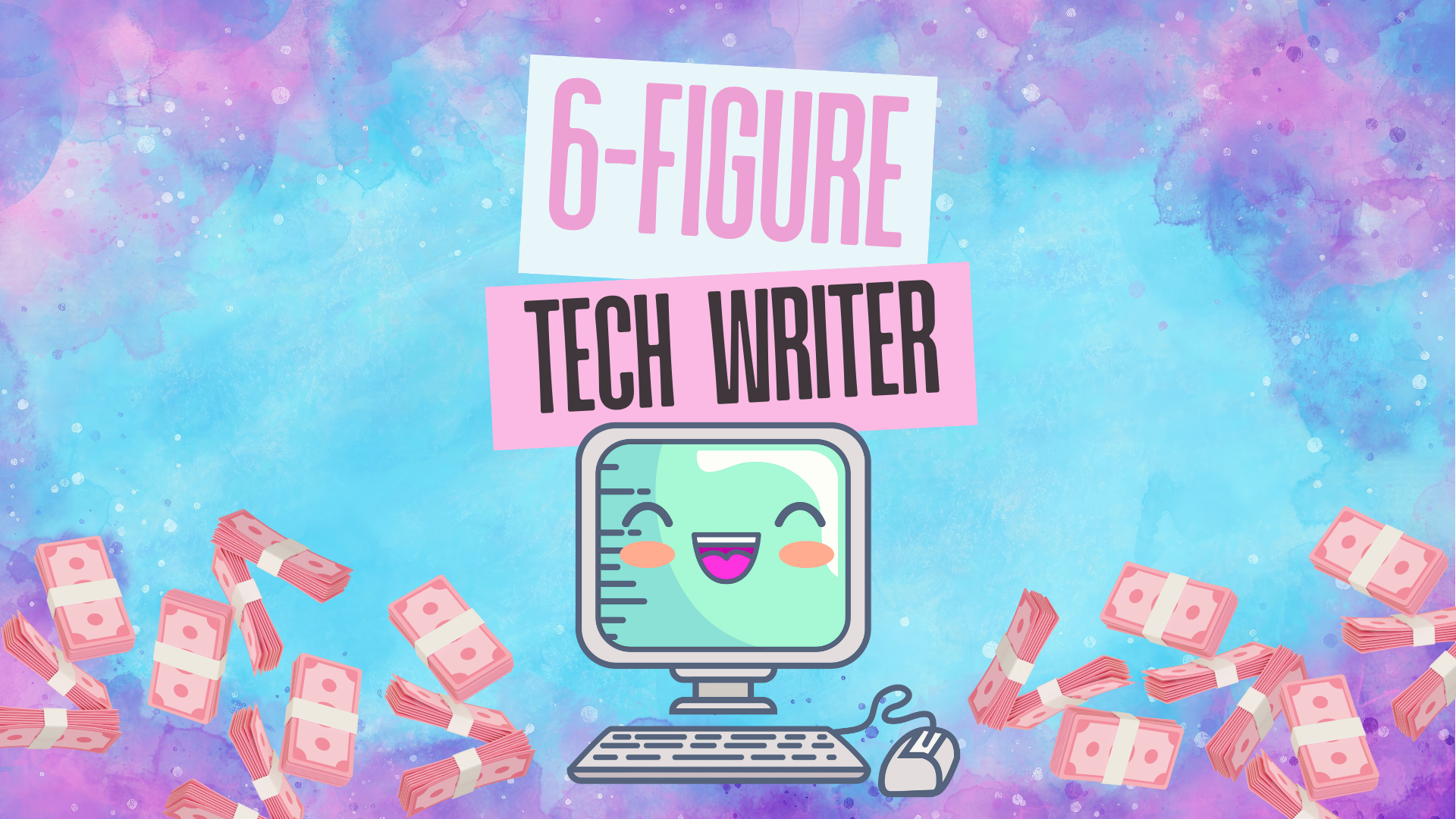# 030: Turn Your Docs into an Activation Engine
“FYI: Only the email version of my newsletter includes FREE resources, curated job listings, and exclusive magical graphics.
If you’re reading this on the web, you’re only seeing half the sparkle. 💌”
I rebranded your entire newsletter, but you only get the magic in the email version of this newsletter.
Tech Writers are Growth Drivers. 💰
When someone lands in your docs, they don’t care about all your cool features.
They’re wishing upon every star in the universe that your product delivers the transformation they need (the solution to their problem).
You get to step into the role of Information Alchemist. 🧙🏿
The tech writer who takes a confused first‑time user and magically turns them into someone who succeeds with the product.
That’s why this week, I’m gonna teach you a magic spell 😱 that converts curious users into active users, and active users into successful ones.
I henceforth name this spell:
✨ Conversion-Driven Documentation ✨.
Potion 1) Start with your product funnel.
Ask one question:
“Where do our users getting stuck?”
You cannot write docs that convert if you don’t know where users drop off.
If you don’t have direct access to these metrics, request them from Product, Support, or DevRel:
% of users who sign up but never activate
Sign‑up → First Action drop‑off
Activation rate (definition varies by product, ask for it explicitly!)
Top 10 support tickets in the last 90 days
Search queries in the doc portal that return 0 results
Task completion time for onboarding workflows
These are your “friction hotspots.”
This is where your writing moves numbers.
Potion 2) Don’t just write features. Write outcomes.
Most writers describe features.
Six‑figure tech writers describe success paths.
Ask:
“What is the first meaningful win a user needs to experience?”
Then, structure your docs around:
Pre‑req checks
A single, linear workflow
Validation steps (“Here’s how you know it worked”)
What to do next
Outcome‑driven docs cut Time‑to‑First‑Success, which is the metric most correlated with activation and retention.
Potion 3) Redesign Onboarding as a System.
Onboarding is not one doc; it's a sequence.
Your onboarding set must include:
Quickstart: shortest path to first success
Setup + config: environment clarity
Tutorial: a real‑world use case
Troubleshooting: top 3-5 blockers baked in
Architecture overview: needed context, not a novel
If your onboarding isn't structured around a system, your users won’t reach their desired outcome consistently.
Potion 4) Use Micro‑Videos to Reduce Drop‑Off.
Add 20–40 second demo clips for your hardest steps.
They should show stuff like:
Cursor movements
UI locations
Successful state change
Error handling, if relevant
Video reduces onboarding abandonment significantly, especially for async learners.
You’re not a passive “docs order taker.”
You’re a conversion engineer, a journey designer, a quiet force multiplier.
You’re magic, my friend. 🪄🧋🍩
Hasta nuestra próxima aventura,
(Until our next adventure)
Quetzalli Writes

